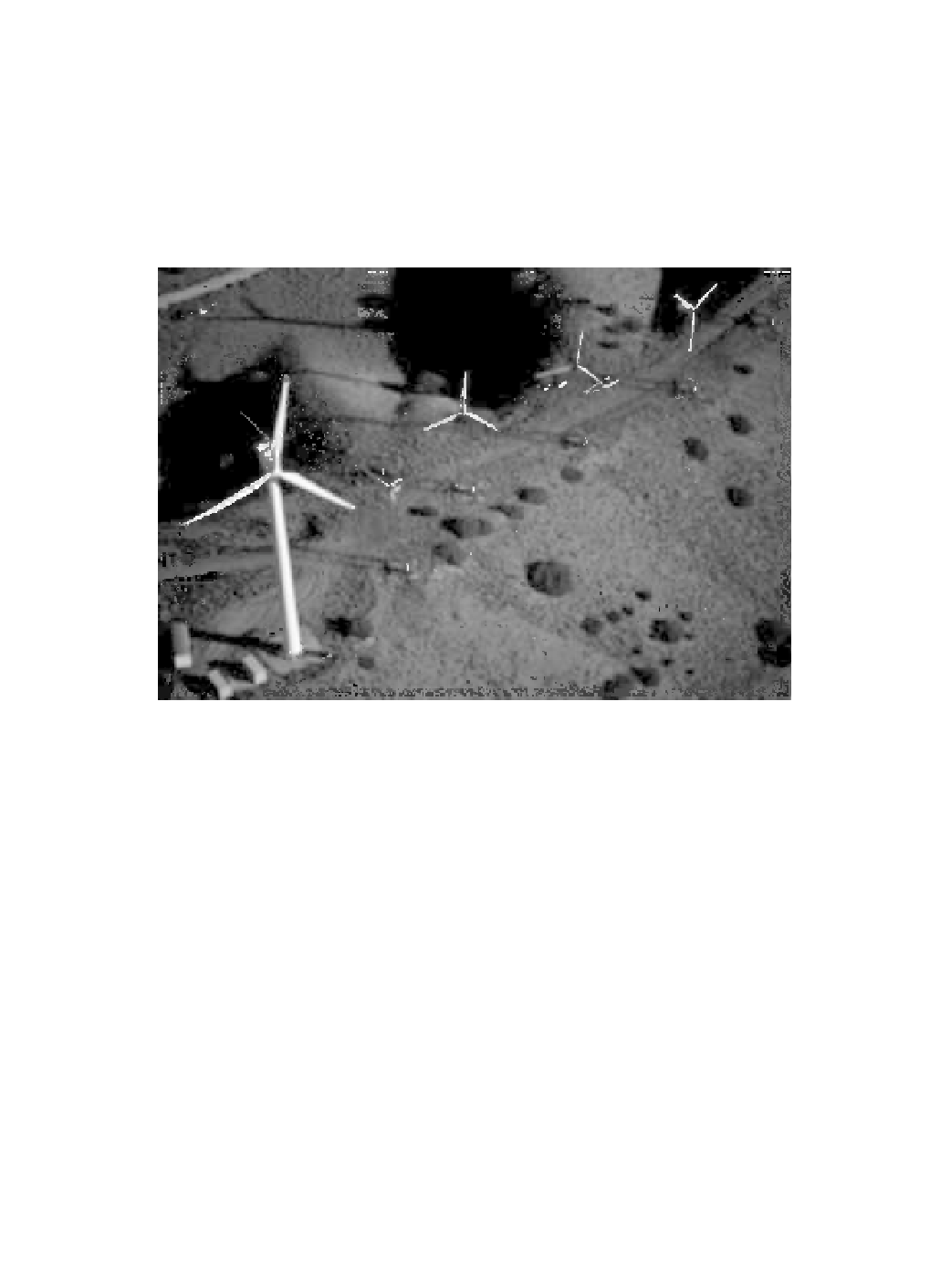Environmental Engineering Reference
In-Depth Information
who had developed advanced wind turbines for some years.
Wagner built a handful of prototypes and was seriously interested
in serial production of his wind turbines and claimed to have
contacts to American developers. Tacke then produced a prototype
installed at Tehachapi that eventually failed. Fifteen improved
units were then built for a wind farm at Tehachapi Pass, California.
However, these units failed the years later due to poor design.
They were re-bladed with Danish LM blades.
Figure 18.13
Tacke 150 kW and 600 kW turbines in the Tehachapi Pass,
California, 2010 (Photo: Arne Jaeger).
Tacke stopped cooperation with Wagner and decided to
develop its own wind turbines. Parts of the company Tacke, including
the gear division, merged with Renk, a subsidiary of MAN. The new
RenkTacke developed the 150 kW design further. By 1989 Renk-
Tacke had two types serially produced: A 45 kW and a 150 kW
turbine. Of both a handful were manufactured. In 2011 some of
them still produced electricity.
In 1990 a new company called Tacke Windtechnik was
founded. The Former Renk was sold to MAN who was no longer
interested in supporting RenkTacke's wind energy activities. The
new Tacke successfully build up a line of wind turbines ranging
from 60 kW to 1.5 MW. From 1989 to 1992 Tacke cooperated with

Search WWH ::

Custom Search